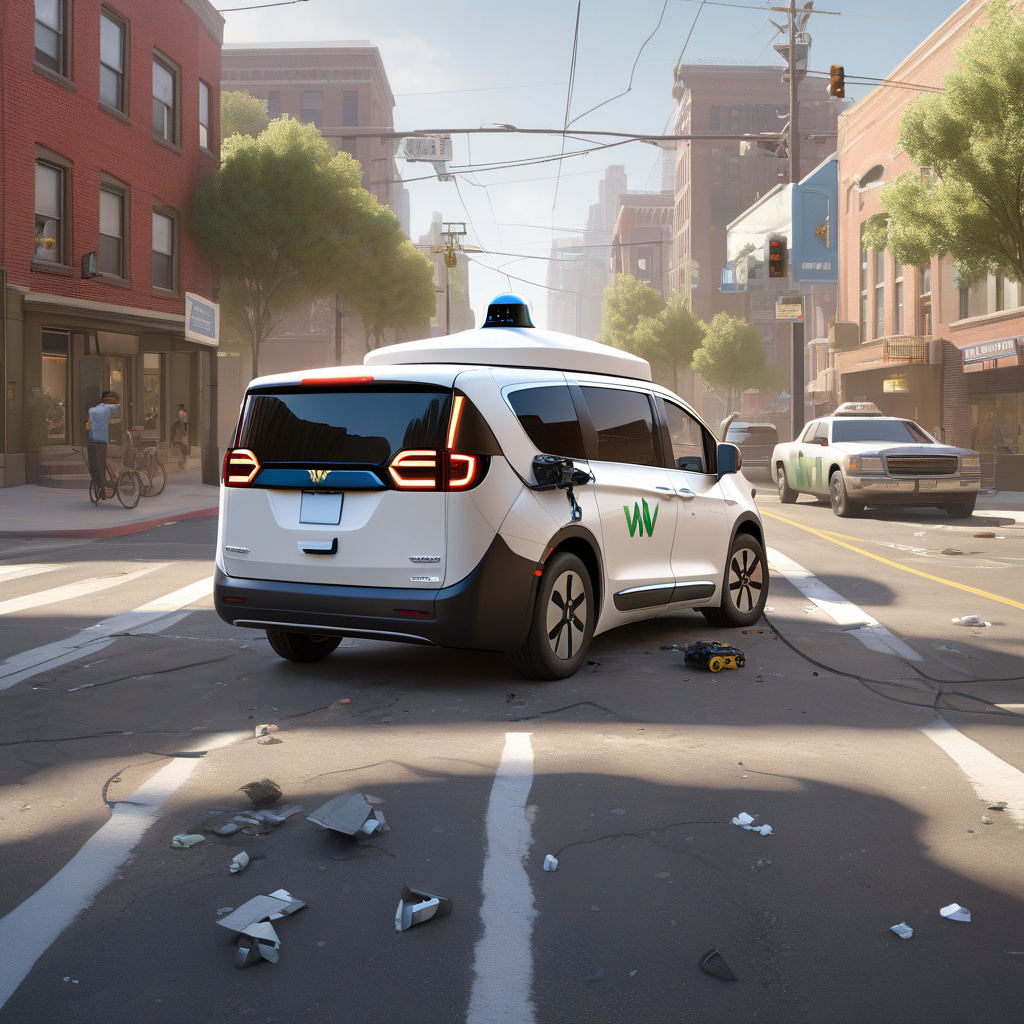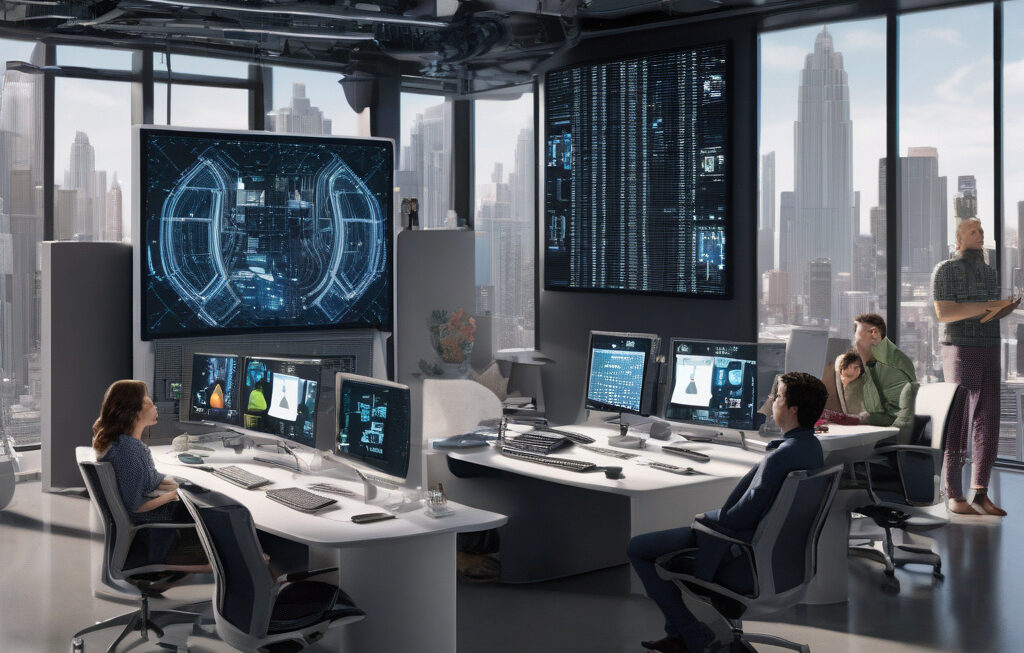The Autonomous Future: Waymo Recalls 1,200 Robotaxis Due to Accidents
Looks like the autonomous future is still a long shot, given the hiccups on the road that Waymo, Google’s self-driving car division, is facing. In a surprising turn of events, Waymo recently made headlines by recalling 1,200 of its robotaxis after a series of accidents involving the vehicles crashing into chains, gates, and utility poles. This setback serves as a stark reminder that even the most advanced technology is not immune to challenges when it comes to real-world implementation.
The incidents leading to the recall raise concerns about the safety and reliability of autonomous vehicles, which have long been touted as the solution to reducing accidents caused by human error. With Waymo being a frontrunner in the development of self-driving technology, the repercussions of these accidents are significant not only for the company but for the entire autonomous vehicle industry.
One of the key selling points of autonomous vehicles is their ability to navigate roads safely and efficiently without human intervention. However, the recent string of accidents involving Waymo’s robotaxis highlights the limitations of current self-driving technology. While proponents argue that autonomous vehicles have the potential to revolutionize transportation and make roads safer, skeptics point to incidents like these as evidence that there is still a long way to go before fully autonomous vehicles can be trusted on public roads.
Waymo’s decision to recall 1,200 robotaxis is a proactive measure aimed at addressing the root cause of the accidents and preventing further incidents. By taking responsibility for the malfunctions in their vehicles, Waymo demonstrates a commitment to prioritizing safety over speed in the race towards autonomy. This move is not only a strategic business decision but also a testament to the company’s dedication to upholding the highest standards of safety and reliability in its technology.
The recall serves as a reality check for the autonomous vehicle industry, prompting companies to reevaluate their approach to testing and deploying self-driving technology. While accidents are an inevitable part of the innovation process, how companies respond to and learn from these incidents is what ultimately determines the future of autonomous vehicles. By acknowledging the shortcomings in their technology and taking swift action to address them, Waymo sets a precedent for transparency and accountability in the industry.
As Waymo works to resolve the issues that led to the recall of its robotaxis, the incident serves as a valuable learning opportunity for the company and its competitors. By identifying and addressing the vulnerabilities in their technology, autonomous vehicle manufacturers can strengthen public trust and confidence in the safety of self-driving cars. While the road to full autonomy may be longer and more challenging than initially anticipated, setbacks like these are instrumental in driving innovation and progress in the industry.
In conclusion, the recent recall of 1,200 Waymo robotaxis underscores the complexities and challenges of bringing autonomous vehicles to the mass market. While the incidents are a setback for Waymo and the autonomous vehicle industry as a whole, they also present an opportunity for reflection, improvement, and growth. By addressing the root causes of the accidents and prioritizing safety in their technology, Waymo sets a positive example for the industry and paves the way for a future where autonomous vehicles can coexist safely with traditional human-driven cars.
autonomous vehicles, self-driving technology, Waymo, robotaxis, safety












